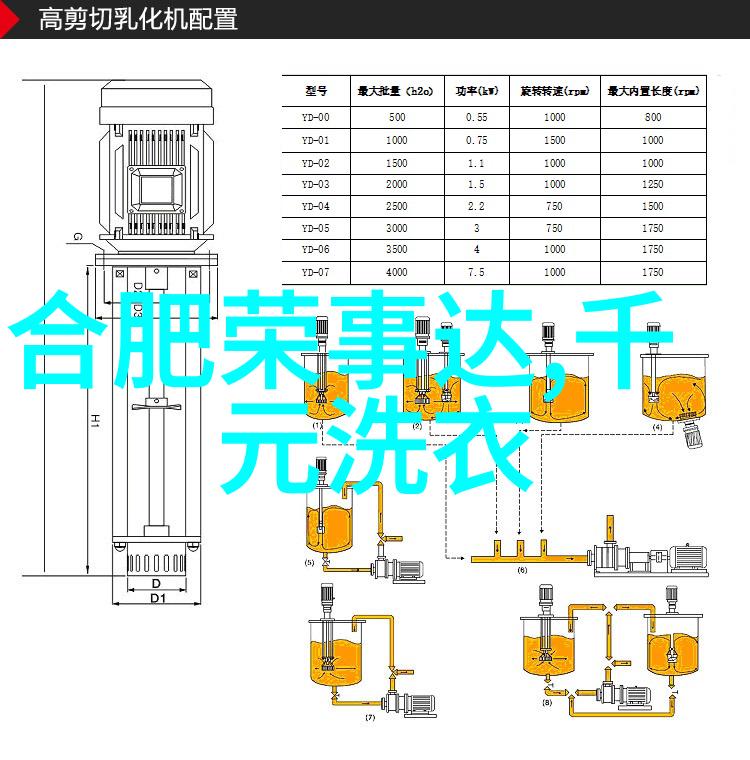在现代建筑工程中,填料作为基础材料的重要组成部分,其选择和使用直接关系到结构安全性和长期稳定性。乱堆填料和规整填料是两种常见的填料类型,它们各自具有不同的特点,这些特点决定了它们在工程中的应用范围和效果。

乱堆填料通常指的是未经精细处理、堆放无序的土石混合物。在自然环境下,乱堆填料可能会形成固定的地层,但这种过程往往缓慢且不均匀。它缺乏一定程度上的机械强度,因此在结构支持上并不理想。此外,乱堆filling材料对水分含量较高,这意味着其稳定性差,对于地下水位变化敏感,有可能导致基础沉降或渗透问题,从而影响建筑物的耐久性能。
相比之下,规整filling材料则是经过精心筛选、分类并排列有序的土石混合物。这一处理过程使得规整filling材料具备更好的物理化学性能,如密实度高、抗压力大等。规整filling材料能够提供坚固可靠的地基支撑,为上方建筑提供一个稳定的载体平台。同时,由于其较小的颗粒大小,可以有效减少空隙率,从而减少水分渗透进入构造内部,对建筑物进行防护作用。

从成本效益角度来看,随着技术进步和生产规模扩大,不同类型及质量级别的rules filling materials价格也在不断调整。但总体来说,虽然初期成本可能较低,但考虑到长期使用带来的潜在风险以及维护保养费用,一般情况下采用rule's filling material能得到更好的经济回报。
除了这些显著优势之外,还有一些其他因素需要考虑,比如当我们谈论building design时,我们需要确保所有component都能协同工作以实现最终目标。在这个过程中,无论是使用rule's filling material还是randomly placed soil, 了解每个material properties对于成功project至关重要。如果设计师能够准确预测material behavior,那么他们就能做出更加明智决策,并确保他们buildings long-term durability.

然而,在某些情形下,即使采取了严格管理措施,如果没有适当配套设施,如drainage系统等,也无法完全消除water infiltration的问题。而且,在某些地区,由于geological conditions特殊(例如soft soil or unstable rock layers),even the best-prepared rule's filling material may not be able to provide sufficient support for heavy structures. In such cases, additional measures must be taken to ensure structural integrity.
In conclusion, while random placement of soil can sometimes result in a stable and durable foundation over time, it is generally recommended that engineers opt for carefully selected and prepared rule's filling materials when designing buildings. These materials offer improved mechanical strength, reduced water infiltration risk and enhanced overall building durability. Furthermore, they are more likely to withstand natural forces like earthquakes and storms without compromising the structural stability of the building.

Ultimately, by choosing the right type of fill material for each specific project based on its unique requirements and circumstances - including local geology and weather patterns - we can create safer buildings that will stand the test of time.



